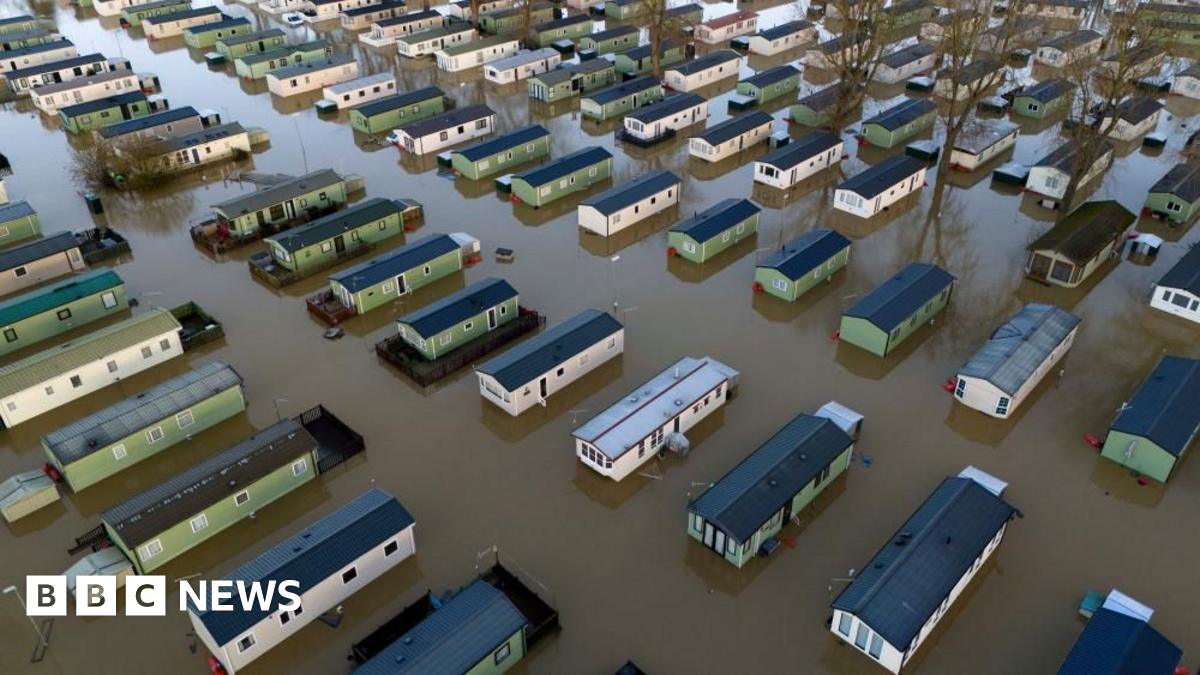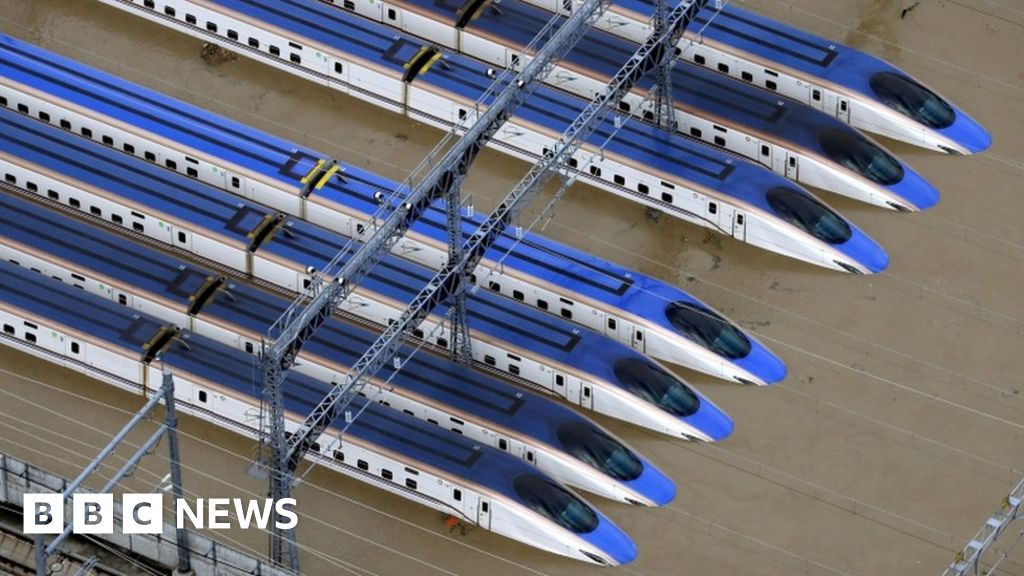Some more 730s may need to come into service early to replace them, at least while the 350s are being dried out and cleaned.
What? That won’t be enough at all.
From what I understand of 350s, they don't have pneumatic seals on the doors like some other stock, meaning the doors remain sealed tightly when the train is stationary. I find it hard to comprehend how water could have gotten through the chain of rubber seals that guard the doorways on such a unit. I assume all of the undercarriage gear is waterproof and securely sealed from water ingress, that's a given in that trains undergo climate testing before entering service. I am guessing there is a lot more to this story. Perhaps a cab door window was left open and water got in?
No. None of it will be. It might be rain proof for obvious reasons, but it can’t survive being fully submerged in water. We’ve seen how badly certain trains deal with Dawlish. LNWR and Siemens have got 14 lots of fried electrical equipment to deal with. If any 350/2s were affected they may try to avoid them reentering service.
I really think this shows a lack of planning on their part as they weather and flooding in the area was forecast in advance far enough ahead that there should have been time to move them somewhere else as a temporary measure.
I understand staff might not have been available at the last minute but it should h been possible to avoid this issue.
Exactly this. There is outrage when you suggest that the units could have been dumped
anywhere that electrical equipment wouldn’t have been destroyed.
The cost of arranging STP diagrams even a week in advance to end somewhere else, other than Northampton, leaving them dumped at say Euston under the roof, being aware of the unacceptable weather conditions expected to affect the main depot at Northampton would have been negligible compared to the cost of rebuilding a fleet of 14 EMUs.
Shouldn’t of been sent out in the first place if the railway had flooded
What we’re talking about here is the opposite. The main Siemens depot is in Northampton, where the line flooded.
The usual overnight storage is 12 cars in each of the two Riverside sidings and in platform 4 and 5, and 8 in platform 3. This makes 14 sets, and of course all stood in water above the rail tops during the flood. Presumably that's where the figure came from.
Are you seriously telling me the sidings are called
Riverside sidings? What phenomenon is known to happen to rivers during severe storms?
The reason the original London and Birmingham Railway bypassed Northampton was that its too low down, that is a train contemporary with Stephenson’s Rocket could not have climbed the gradients to leave Northampton.
Flooding, at a riverside location known to be low lying is just inevitable.
Keighley and Worth Valley locos suffered flood damage when their depot flooded, it just needs to get to axles to start damaging them. More common than you think.
Those aren’t EMUs with live high voltage electrical equipment to deal with either.


